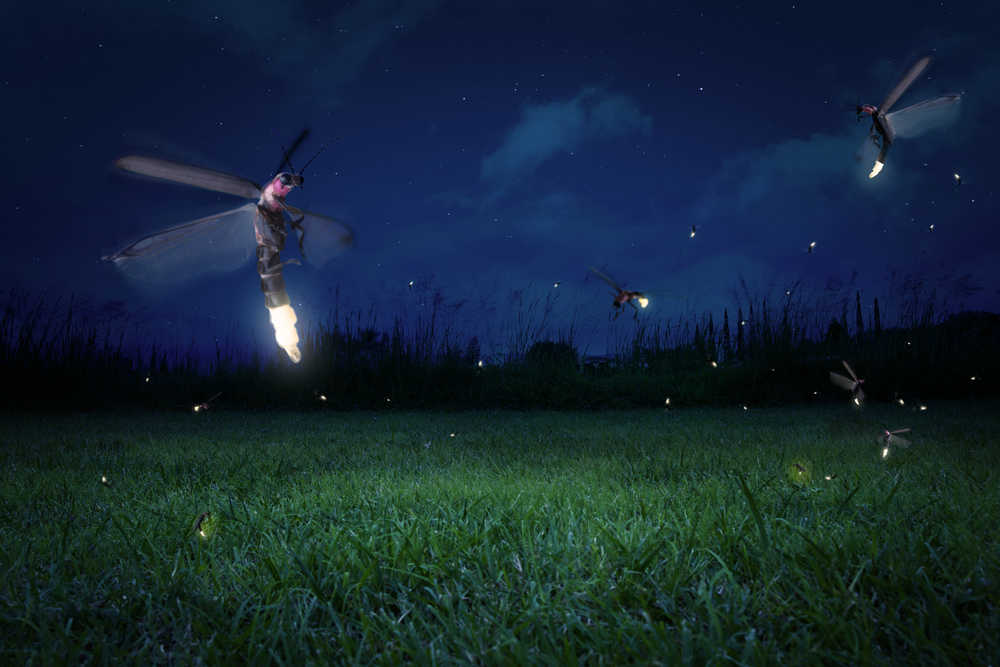Bioluminescence – How does it work?
The glowing dots across our evening sky, commonly called fireflies or lightning bugs, are fun to watch and hold some mystery for observers young and old. These insects are actually beetles. Inside these unique beetle bodies, a chemical process is happening that’s called bioluminescence. That’s a big word that means “lighting up” with natural or biological means.
Bioluminescence is a chemical process that combines ATP (energy molecules) with the chemical luciferin to create the glowing effect we see.
Bioluminescence is not only found in our sparkling beetles, but in deep-diving ocean creatures, like squids and angler fish. It also is found in some plants, including the jack-o’-lantern mushroom.
Bioluminescence light uses 100 percent of energy created during the chemical reaction to produce this “cold light.” For perspective, an incandescent light bulb emits only 10% of its energy as light. That’s an efficient little lightning bug.
Eastern North Carolina Specifics
For lighting bugs, glow dancing is the male’s dance of courtship. The most common species in our region come out at nightfall. Flashing and dancing, they light up in a J pattern to attract a partner. Females respond about 3 seconds later with a quick flash of light. Next time you’re out observing lighting bugs, see if you notice a J pattern or simple flashes to identify male and female beetles.
Glow Around the World
All bioluminescent insects use luciferin to create light. Click beetles, Amazon forest natives use their flashy abilities to attract prey. Glowing green click beetle larvae lure insects into tiny tunnels with their light. Interestingly, the light turns off if they are disturbed. In the US, we have a similar glow worm, called the railroad worm.
Beauty of Bioluminescence
Vieques Bio Bay also known as Mosquito Bay is the brightest bioluminescent bay in the world and a frequented tourist destination. The glowing creatures in the bay are not bugs, but are tiny organisms that prosper in the nutrient-rich bay environment, creating the bright light of the area. However, even small changes, impact the bright ecosystem, and ensuring balance is key.
Unique nature phenomena can inspire and unite us in curiosity. Of the many awe-inspiring wonders in nature, how lucky are we to have these little sparklers right in our backyard?


Recent Comments